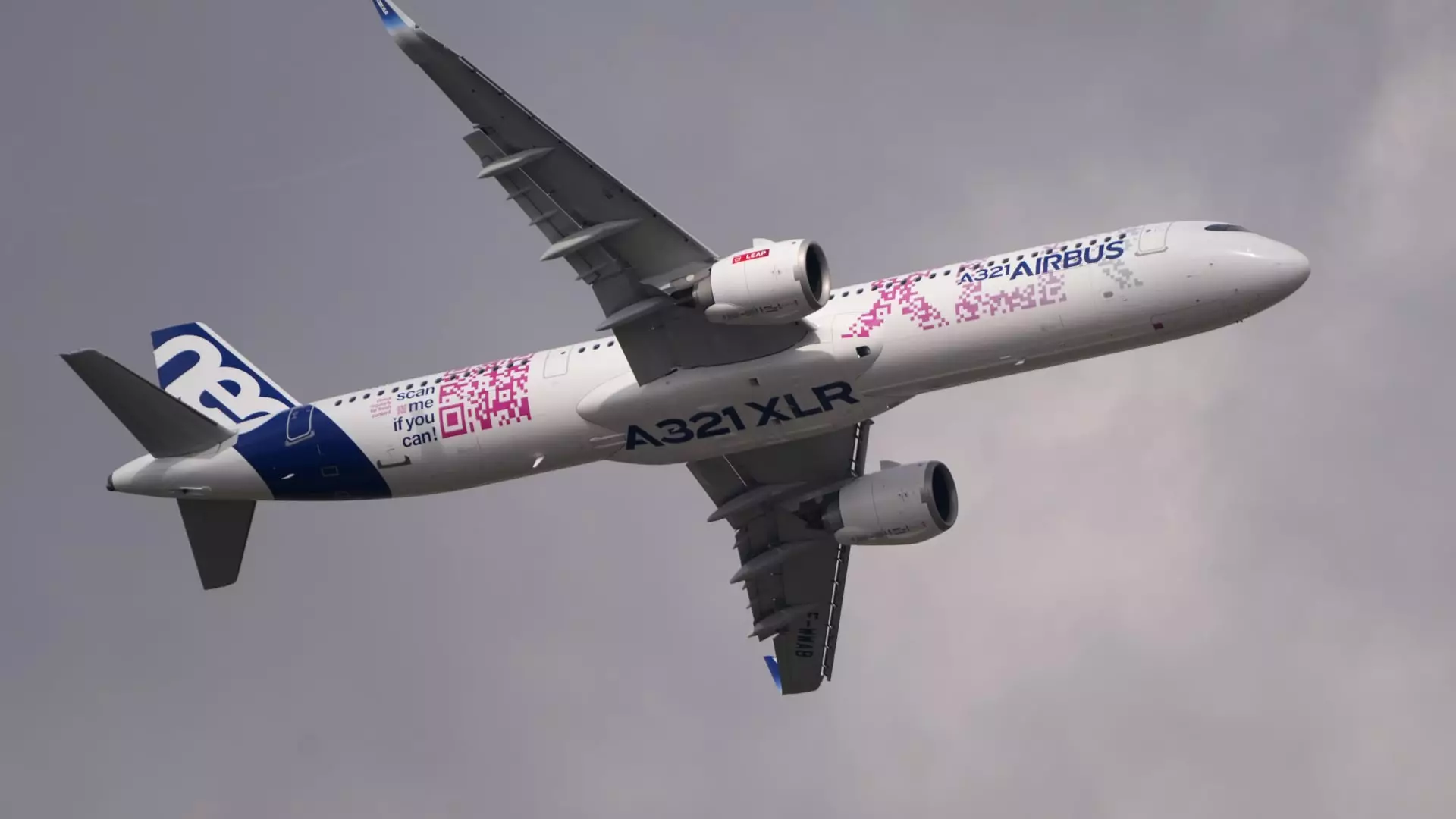Airbus has taken a significant leap in the modern aviation landscape with the delivery of its first A321XLR aircraft, a pivotal model that underscores the shift towards more compact, efficient air travel. This delivery to Spain’s Iberia marks a crucial development in an era characterized by the demand for aircraft that blend high efficiency with extended range capabilities. The A321XLR is designed to cater to airlines seeking to operate longer routes without the larger, fuel-guzzling aircraft typically used for such journeys.
The A321XLR boasts a remarkable nonstop range of up to 4,700 nautical miles, which translates to approximately 11 hours of flight time. This 15% increase in range compared to its predecessor, the A321LR, opens up new possibilities for transcontinental travel, allowing airlines to connect cities in ways that were previously economically unfeasible. For instance, Iberia plans to utilize the aircraft for its inaugural route from Madrid to Boston, indicating a commitment to providing long-haul service with a slender footprint.
Moreover, the A321XLR’s efficiency is noteworthy. The aircraft is touted to consume about 30% less fuel than older generations of jets, aligning with the industry’s push towards sustainability and addressing environmental concerns. This efficiency can significantly aid airlines in reducing operational costs, making it a valuable asset in an increasingly competitive market.
Airbus’s order backlog reflects a healthy appetite for the A321XLR, with over 500 aircraft already booked as of now. While this figure may seem modest against Airbus’s total backlog of nearly 8,600 aircraft, it signals a robust interest in this new model from various airlines, including major carriers like American Airlines and United Airlines. The launch of the A321XLR not only strengthens Airbus’s market position but also creates a notable disparity with its American rival, Boeing, who has faced significant setbacks amid ongoing challenges surrounding its 737 Max aircraft.
Boeing’s struggles illustrate a juxtaposition against Airbus’s burgeoning success. Following the tragic crashes of the 737 Max, Boeing has curtailed its ambitions for introducing an aircraft designed to bridge the gap between the 737 and larger wide-body jets. Instead, the company is in a phase of restructuring, likely leading to job reductions and a strategic refocus on its core business areas. As Boeing grapples with these challenges, Airbus is poised to capitalize on the opportunity to deliver innovative, high-demand aircraft like the A321XLR.
The A321XLR represents more than just a new aircraft; it symbolizes a transformative era in aviation where efficiency, sustainability, and strategic market positioning are critical for success. As airlines increasingly look to optimize their fleets for longer journeys in an eco-conscious fashion, Airbus’s new offering places it at the forefront of this aerospace evolution—one that could shape the future dynamics of air travel for years to come.


Leave a Reply